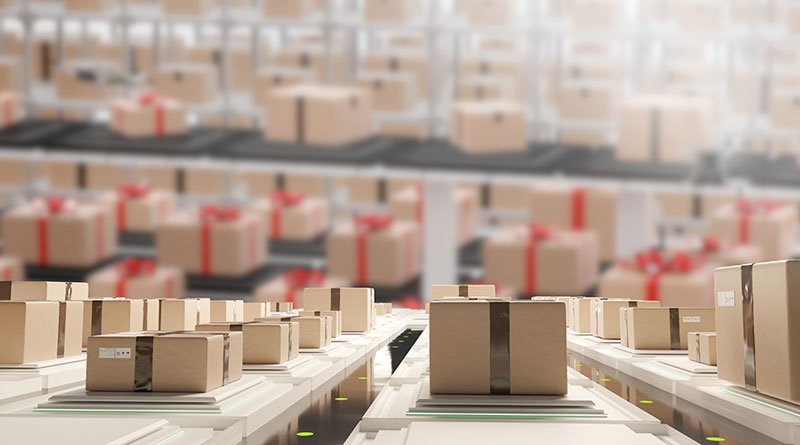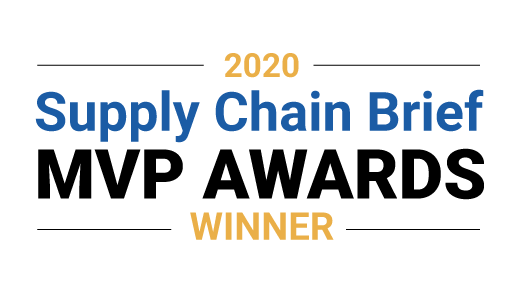Published July 15, 2020

As discussed in our last post, the COVID-19 pandemic continues to fuel rapid e-commerce growth, with online sales in May up nearly 93% over the previous year, according to a recent Mastercard SpendingPulse report. While many businesses already received the green light to reopen, a recent surge of coronavirus cases is now causing more consumers to turn to online shopping and even prompting some retailers to voluntarily shut down stores again, like Apple recently did in several states. Some stores will meet an even grimmer fate-just three months after predicting 15,000 total closures for 2020, Coresight Research is now estimating 20,000 to 25,000 brick-and-mortar stores will shutter this year.
With warehouses already exceeding capacity and the holiday season right around the corner, many retailers are seeking new ways to expand fulfillment operations to meet peak sales in Q4 2020. Here are some solutions to help retailers handle high volumes over the holidays.
Explore alternatives for pop-up fulfillment operations
While e-commerce may have represented a small fraction of sales for many retailers pre-COVID-19, it is now becoming an integral sales channel as more brick-and-mortar stores close their doors and consumers continue to opt for the convenience-and safety-of online shopping. With warehouse demand at an all-time high, below are a couple options retailers can explore to keep up with increased capacity and deliver on customer demands during the peak season:
- Leverage retail store infrastructure. With many stores are still limiting human capacity to maintain safe social distancing, retailers can make the most of their current brick-and-mortar locations by transforming them into micro-fulfillment centers to process online orders. Based on the store layout, some locations may be better suited and utilized for different fulfillment methods, including ship-from-store, buy online pick up in store (BOPIS) or curbside pickup.
- Identify alternative vacant spaces. With mall stores accounting for more than half of the brick-and-mortar closures for 2020, many mall owners will be looking for new tenants-or ways-to help cut costs. Consider leasing and converting unutilized space into last-mile operations for BOPIS or delivery. Many malls are located close to customers, making them ideal for rapid, cost-effective fulfillment.
Implementing new fulfillment solutions
When deploying new fulfillment strategies, there are many elements to consider for a safe and cost-efficient implementation. Whether utilizing existing retail stores or new pop-up locations to increase capacity, here are a few ways retailers can achieve business success and customer satisfaction over the holidays:
- Advanced Automation: In a time when labor is already scarce and social distancing standards are mandatory, automation solutions like robotics can help reduce labor costs and minimize the spread of coronavirus. Retailers seeking short-term solutions can also opt for a robotics-as-a-service program, which allows businesses to rent or lease robots without a large upfront capital investment or long-term commitment. Solutions like Tompkins Robotics’ t-Sort for micro-fulfillment can be implemented in weeks-not months-and expanded in hours to accommodate peak spikes.
- COVID-19 Compliance: As COVID-19 cases continue to climb across the country, it is more important than ever to verify that all processes are designed to protect the well-being of employees and customers. One option is to deploy a mobile task management solution such as SentryCheck, which uses a checklist application to monitor task completion and regulatory compliance across operations.
- Inventory Intelligence: As retailers continue to expand fulfillment operations and sales channels, a comprehensive inventory management system is vital to avoid stocking issues, delivery delays and increased costs. Seek out a software solution that is capable of integrating and providing complete visibility across all sales channels, fulfillment methods and facilities through a single platform.
This post is part of our “Reviving Retail” blog series. Learn more about overcoming operational challenges amid COVID-19 in the related articles below or visit our newsroom to stay up to date on our latest news.



